Figures & data
Table I. Demographic and clinical characteristics in relation to persistence of mean Cornell product left ventricular hypertrophy during treatment.
Table II. Baseline and change from baseline to last in-study measurement of blood pressure and electrocardiographic left ventricular hypertrophy in relation to persistence of mean Cornell product left ventricular hypertrophy during treatment.
Figure 1. Kaplan–Meier survival curves illustrating the rate of myocardial infarction according to the presence of left ventricular hypertrophy (LVH) by mean in-treatment Cornell product > 2440 mm ms.
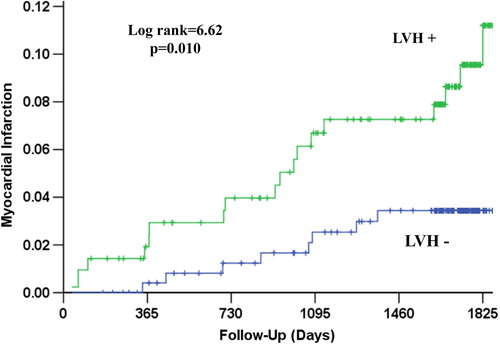
Figure 2. Kaplan–Meier survival curves illustrating the rate of cardiovascular mortality according to the presence of left ventricular hypertrophy (LVH) by mean in-treatment Cornell product > 2440 mm ms.
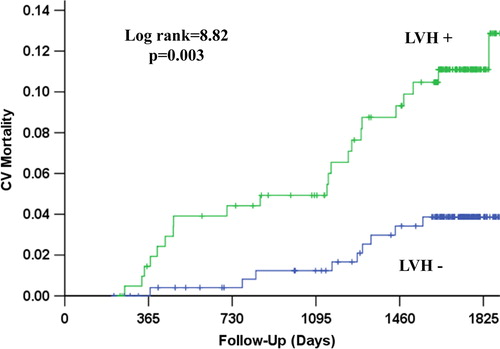
Figure 3. Kaplan–Meier survival curves illustrating the rate of stroke according to the presence of left ventricular hypertrophy (LVH) by mean in-treatment Cornell product > 2440 mm ms.
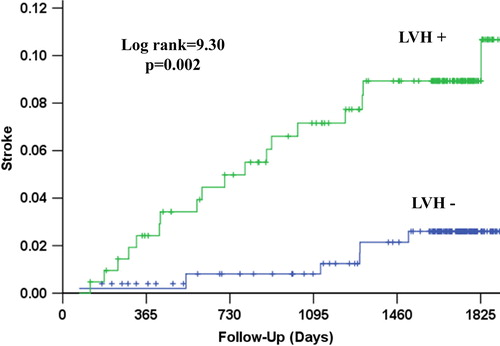
Figure 4. Kaplan–Meier survival curves illustrating the rate of the composite endpoint of myocardial infarction, cardiovascular mortality or stroke according to the presence of left ventricular hypertrophy (LVH) by mean in-treatment Cornell product > 2440 mm ms.
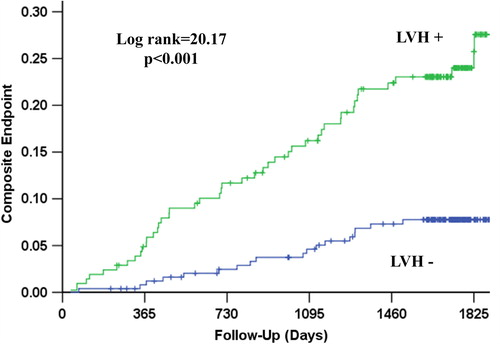
Figure 5. Kaplan–Meier survival curves illustrating the rate of all-cause mortality according to the presence of left ventricular hypertrophy (LVH) by mean in-treatment Cornell product > 2440 mm ms.
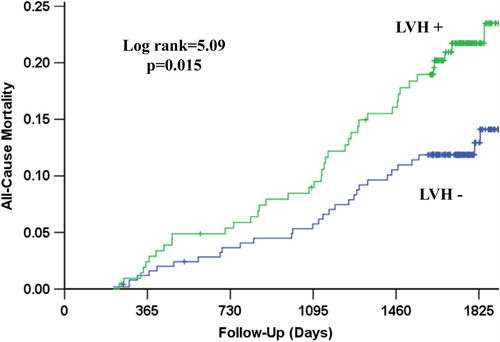
Table III. Four-year event rates, univariate and multivariable Cox regression analyses to assess the relation of outcomes to persistence of mean Cornell product left ventricular hypertrophy during treatment.
Table IV. Univariate Cox analyses to assess the predictive value of persistence of mean Cornell product left ventricular hypertrophy during treatment for the composite endpoint in relevant subgroups of the study population.

